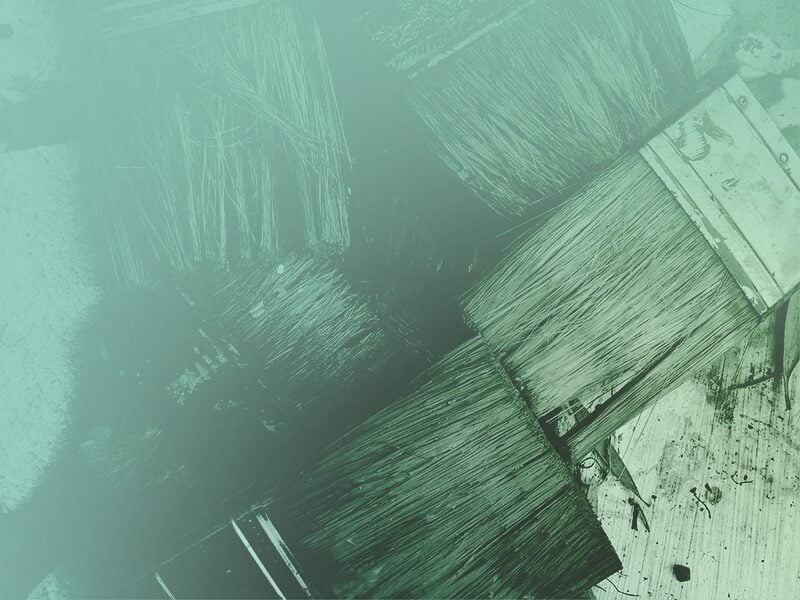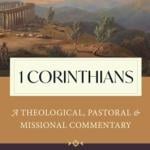Two things are said to be crystal in Revelation: the sea that is before the throne (4:6) and the river that flows through the Jerusalem that comes down from heaven (22:1). The two are clearly linked. The river that flows through the city is flowing from the heavenly sea. Like the bronze sea and the water chariots of the temple, the water flows from God’s house and throne room into the world. As James Jordan has suggested, the crystalline sea... Read more















